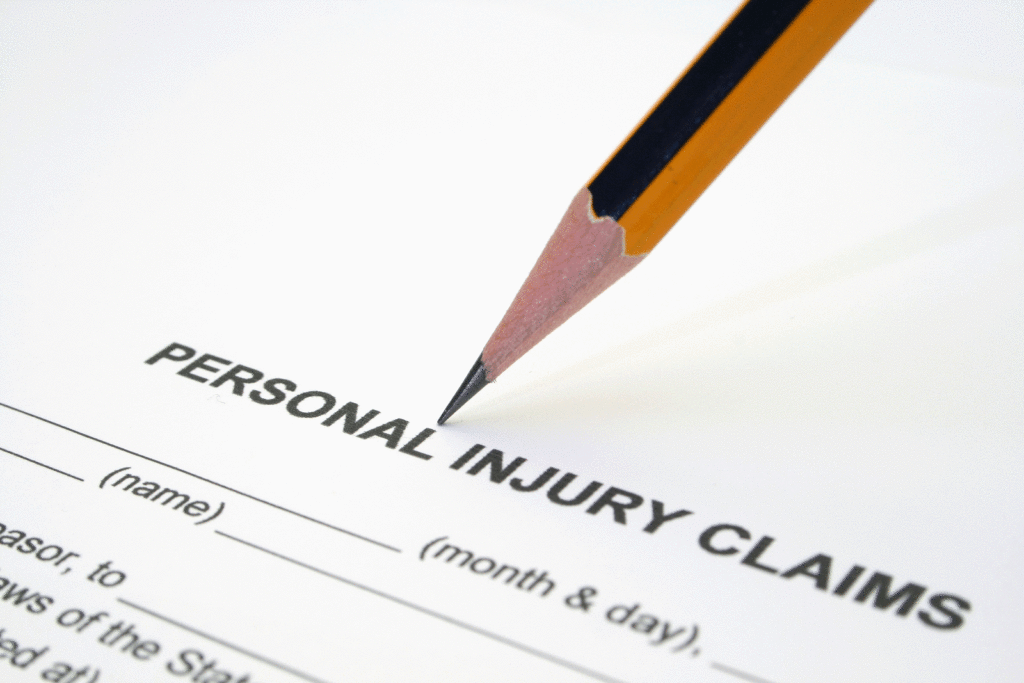Now Reading: Catastrophic Injuries Vs. “Regular” Injuries: What the Law Says
-
01
Catastrophic Injuries Vs. “Regular” Injuries: What the Law Says

Catastrophic Injuries Vs. “Regular” Injuries: What the Law Says
Personal injuries can happen for many reasons. However, some generate more severe consequences, and consequently, the victims need more complex treatments to recover. Catastrophic injury cases can be defined as life-changing injuries that usually require ongoing treatment. Most of these cases change the course of the victim’s life permanently.
Legal Protections for Catastrophic Injury Cases
The law provides for punitive damages against plaintiffs who caused or aggravated injuries that became catastrophic. Unfortunately, legal processes often discriminate against catastrophic injury victims because they usually can’t defend themselves when charges of contributory negligence are made against them.
Their injuries often include brain and spinal cord injuries that make it challenging to manage their care and also to deal with the pressure of a lawsuit.
In some states – Maryland, Virginia, and Washington, D.C. – the catastrophically injured must accept laws that are based on the contributory negligence standard. This has been modified by many states because it prevents victims of personal injuries from recovering financial damages if the smallest part of the accident was caused by contributory negligence on their part.
The other standard, called pure comparative negligence, allows victims to receive compensation based on the percentage of injuries caused by others’ negligence. The comparative percentage of the victim’s own contributory negligence is subtracted from 100 percent to determine the amount of the award.
For example, a brain injury caused by an accident while the victim was under the influence of drugs might be judged to be 34 percent contributory negligence. The victim can still recover 66 percent of the judgment amount.
Many jurisdictions impose caps on damages for non-economic expenses like pain and suffering and emotional distress. These can be low compared with typical settlements and court awards, which is another unfair jab at severely injured people who can’t defend themselves articulately in court.
Common Types of Catastrophic Injuries
Accidental injuries have become more prevalent, and they now rank as the third leading cause of death. Statistics show that accidental deaths occur every second, including automobile accidents, workplace accidents, sporting injuries, and drug overdoses.
The most common causes of catastrophic injuries include:
- Pedestrian-vehicle accidents where pedestrians have no protection from tremendous physical forces.
- Medical malpractice injuries are caused by the negligence of a medical staff member.
- Sporting injuries are caused by focused efforts to outperform other athletes, intensifying the effects of miscalculations or accidents.
- Fires and explosions can cause severe, life-threatening injuries.
- Simple car accidents – even fender benders – expose victims to the tremendous force of shifting weights and sudden stops.
- In traffic accidents, drivers and passengers of motorcycles have little protection.
- Workplace accidents at construction sites often generate severe consequences for victims.
If you need further information about any of these aspects you can visit https://www.morrisbart.com/. While this is a great resource to start from, it is also essential to have a live conversation with a legal expert. During an initial appointment, you can go over the specifics of your case and receive personalized advice.
Sports Activities
According to a recent study, one of the more troubling sources for catastrophic injuries includes sports at all levels (both professional and amateur play). The National Center for Catastrophic Sport Injury Research conducted a study of severe injuries over 30 years between 1982 and 2012 that found the following facts:
- An astonishing 81 percent of severe sports injuries occur at the high school level.
- 2 percent of non-fatal injuries generated severely dysfunctional results.
- Only 52.8 percent of cases report full recoveries.
- Fall sports generated the highest number of catastrophic injuries.
Hiring an Attorney
Catastrophic injuries pose severe problems at every level for a full recovery. Victims often have to settle for living a shadow of their former lives. Getting an experienced attorney is mandatory for dealing with the high costs, severe damages, and burden of proof – especially in jurisdictions that follow pure contributory negligence restrictions.
Author:










